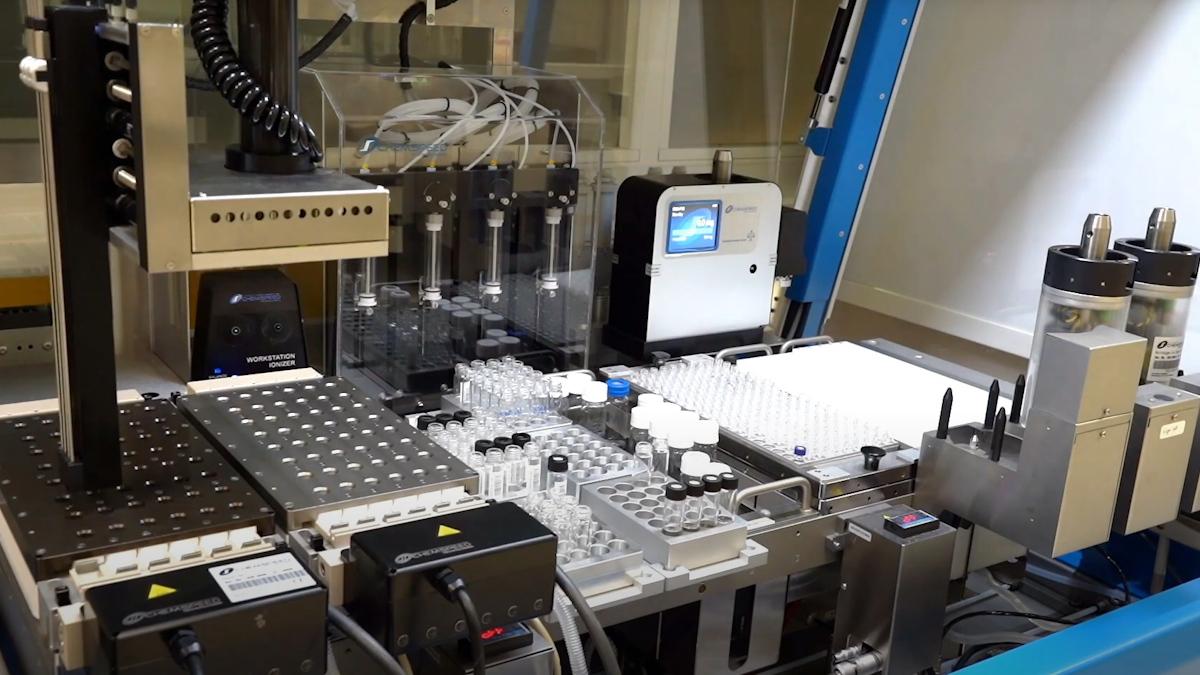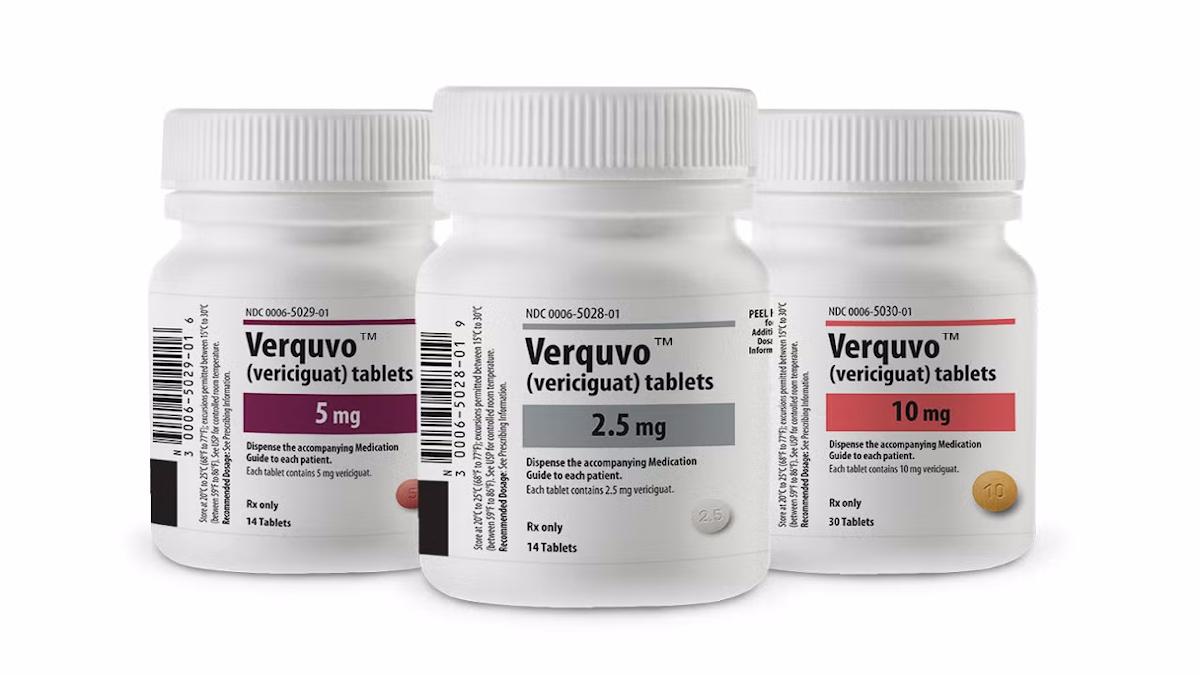Kerendia works in heart failure, but how might it be used?

Bayer's mineralocorticoid receptor antagonist (MRA) Kerendia hit the mark as a treatment for a common form of heart failure in the FINEARTS-HF study, setting up regulatory approvals, but there is some debate about how the drug may be used in clinical practice.
Kerendia (finerenone) is the first drug in its class to show a benefit in heart failure, achieving a statistically significant improvement in cardiovascular outcomes in heart failure patients with mildly reduced or preserved left ventricular ejection fraction (LVEF) of 40% or greater, according to data presented at the European Society of Cardiology (ESC) congress over the weekend.
Patients with LVEF of 40% or more account for around half of all heart failure patients, but have few available therapies, unlike heart failure with reduced ejection fraction (HFrEF). The life expectancy rate for patients hospitalised with heart failure is worse than many cancers.
Bayer's drug reduced the risk of the composite primary endpoint of cardiovascular death and hospitalisations or urgent visits for heart failure by 16% compared to placebo over a median follow-up of 32 months in the 6,000-patient study, which has also been published in the New England Journal of Medicine.
The result is a key component of Bayer's plan to build Kerendia – which is already approved to treat chronic kidney disease associated with type 2 diabetes – into a major near-term growth driver with a sales target of €3 billion ($3.3 billion). It has a long way to go, with sales of the drug coming in at €200 million in the first half of this year.
The challenge for Bayer will be carving out a role for Kerendia in mildly reduced (HFmrEF) or preserved ejection fraction (HFpEF) heart failure alongside SGLT2 inhibitors – AstraZeneca's Farxiga (dapagliflozin) and Eli Lilly/Boehringer Ingelheim's Jardiance (empagliflozin) – which are the only approved therapies for these patients recommended in treatment guidelines.
Novartis' Entresto (sacubitril/valsartan) is also an FDA-approved option for HFmrEF and HFpEF, although, it is recognised most of the drug's benefit comes from patients at the lower end of the LVEF spectrum.
No effect on cardiovascular death
There was discussion at ESC whether Kerendia should be used in place of the SGLT2 inhibitors, or in combination, given that all the benefits of the drug were tied to improvements in heart failure worsening – i.e., hospitalisations – rather than cardiovascular death. An effect on cardiovascular death can be tough to show in a single HFpEF trial, however, as the number of events will be low in an HFpEF population.
It is notable, though, that FINEARTS-HF included patients (around 14%) who were already on SGLT2 drugs, and the efficacy in that group was consistent with that in the overall study population, pointing to a benefit of dual use.
On safety, Kerendia was associated with a higher rate of elevated potassium levels in the blood (hyperkalaemia), but that reflects its mechanism of action and hospitalisation rates were low at 0.5% versus 0.2% for placebo.
"The FINEARTS-HF trial provides the first definite evidence that an MRA is beneficial in HFmrEF/HFpEF," according to Professor Scott Solomon, of Brigham and Women's Hospital in Boston, US, who is principal investigator for FINEARTS-HF and presented the results at ESC.
"We have four pillars of guideline-directed medical therapy in HFrEF, but only SGLT2 inhibitors as a treatment option for HFmrEF/HFpEF," he said. "Given that finerenone was beneficial in patients already receiving an SGLT2 inhibitor, our findings point to finerenone as a new second pillar in HFmrEF/HFpEF."
Bayer is running an open-label study – CONFIRMATION-HF – testing Kerendia with Jardiance in patients hospitalised or recently discharged with heart failure, regardless of their LVEF status. It is also testing the drug in the REDEFINE-HF trial as monotherapy in patients with an LVEF of 40% or more, and the FINALITY-HF study as a monotherapy in those with an LVEF below 40%.
The company is preparing to file for approval of the heart failure indication and has said it is hoping for a green light from regulators next year.
Photo by Roman Kraft on Unsplash












